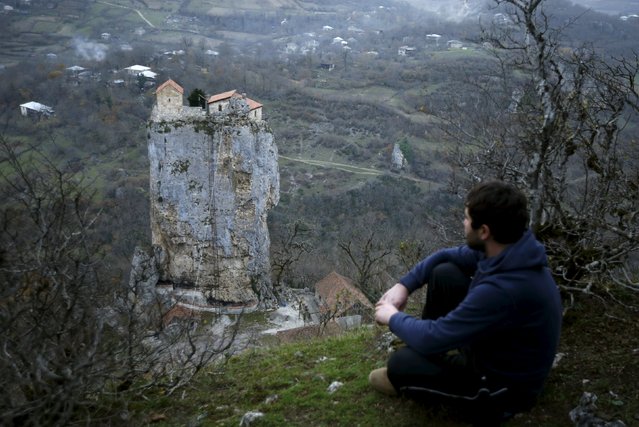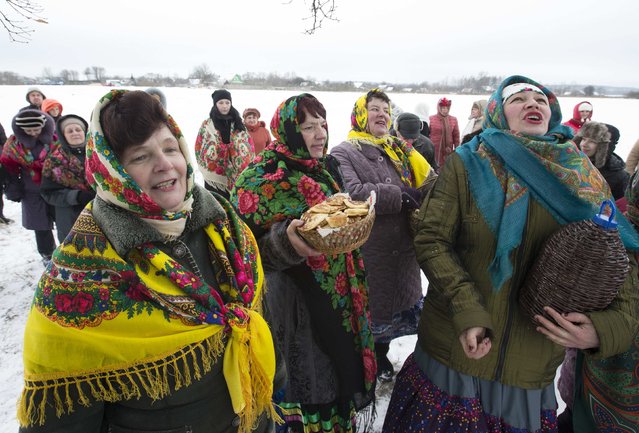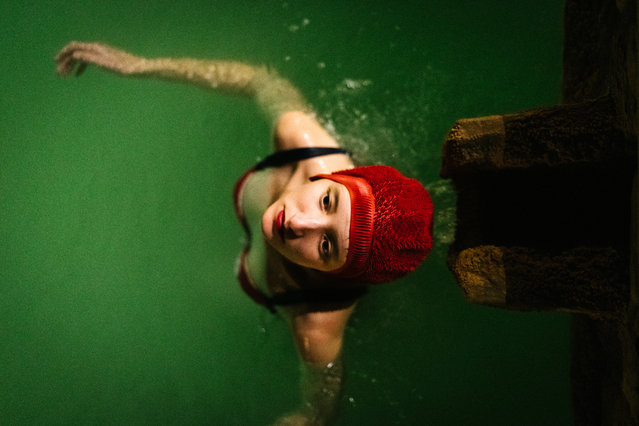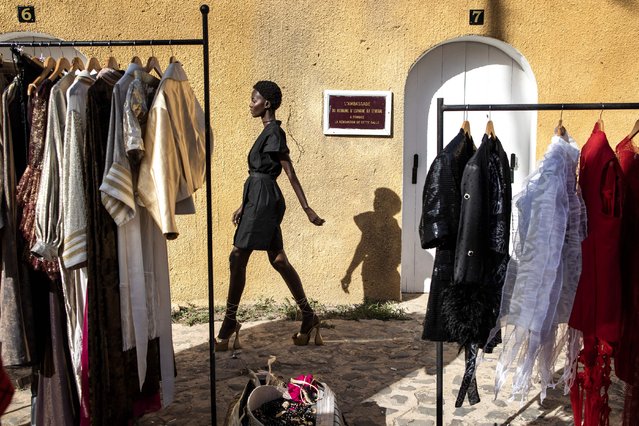
A local man looks at a church on top of the Katskhi Pillar, rock mass about 40 meters high, in the village of Katskhi, Georgia, November 27, 2015. The church, built in the ninth century, was later abandoned and it collapsed but was rebuilt in 2003, according to local media. (Photo by David Mdzinarishvili/Reuters)
29 Nov 2015 08:00:00,post received
0 comments







